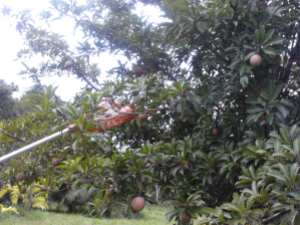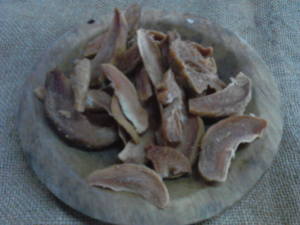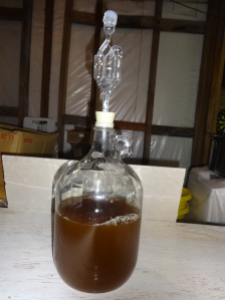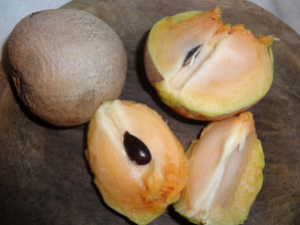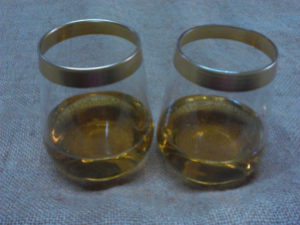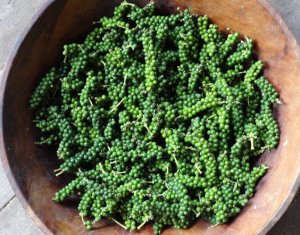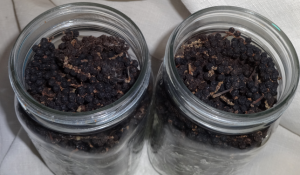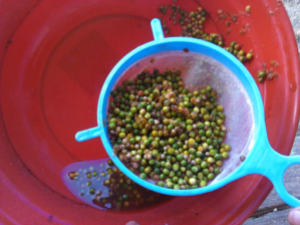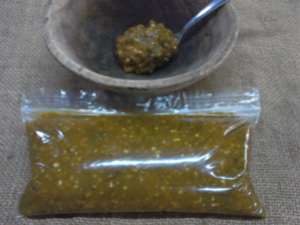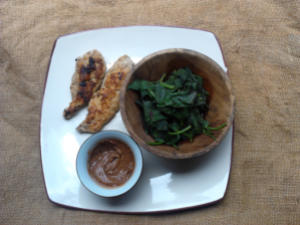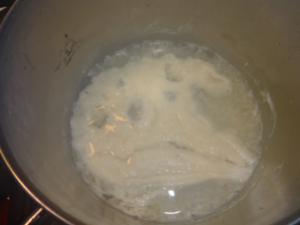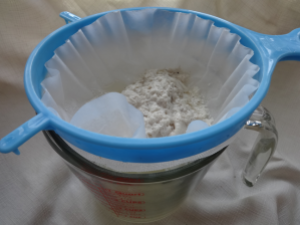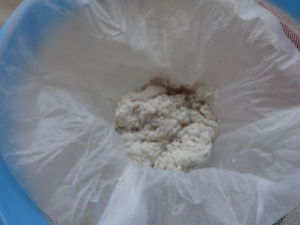
Hello Everyone. It’s a lovely sunny day and we’ve decided to take it easy today. The freezer marathon is nearly over and I have learnt a lot about proper conservation from this experience. I am down-sizing from a 30 cubic feet freezer to a 10 cubic feet (partly because the big old freezer is not working well and is sucking up electricity like there is no tomorrow). It was a tremendous feat and quite an eye-opener. Firstly, I realised that I got into a really bad habit of throwing anything I could find into the freezer because I had the luxury of space. This led to chaos and dis-organisation reigning supreme and I could never remember where anything was located let alone know what I actually had.
I feel a tad embarrassed to tell you that about a quarter of the freezer was taken up by fruit (which I was saving to make wine or ice-cream…whenever…at some point in the dim and distant future). I had about 400 sapodilla fruit packed in the freezer amongst a medley of other tropical fruit purees. When we did our canning marathon, this fruit amounted to only 30 quart sized jars that take up very little space on my shelf (certainly not 7.5 cubic feet!).

Another quarter of the big freezer was taken up by about 50 packets of pre-cooked cassava. We managed to convert this into a 5 gallon bucket of cassava miso which is sitting in the corner of the kitchen (inconspicuously taking up a lot less space that 7.5 cubic feet!).

Converted to miso:

We also canned a 20lb bag of black beans:

I am amazed that I have freed up so much space by simply changing the preservation methods. Plus, I am saving on electricity.
We have 84 quart jars of preserved food including fruit purees, chicken feet(!) and beans. That’s it…it took up soooo much space in the freezer!!

The rest of my food (which I would prefer to keep frozen) fits very neatly into a 10 cubic feet freezer. Phew…small is indeed the way to go…makes my life a lot simpler. Yes, I can actually find food now without my usual crazy chaos! And, Gnome has urged me to to keep an inventory and has made up a simple program on the computer for me to use. Everything is neatly packed in the freezer with clear labelling. What a difference it makes to be able to find food quickly….Ha-Ha, I have to laugh at myself sometimes!
 If you follow our posts, you may have realised by now that we enjoy the creativity and inventiveness of harvesting and processing our own food. Peach Palm Miso was borne out of a fusion of an Asian preservation technique with a farm grown ingredient. I would like to give a special Thank-you to Julian Obererlacher of Itz’ana, Placencia for his resourcefulness in using our Peach Palm Miso as an ingredient in his menu.
If you follow our posts, you may have realised by now that we enjoy the creativity and inventiveness of harvesting and processing our own food. Peach Palm Miso was borne out of a fusion of an Asian preservation technique with a farm grown ingredient. I would like to give a special Thank-you to Julian Obererlacher of Itz’ana, Placencia for his resourcefulness in using our Peach Palm Miso as an ingredient in his menu.



